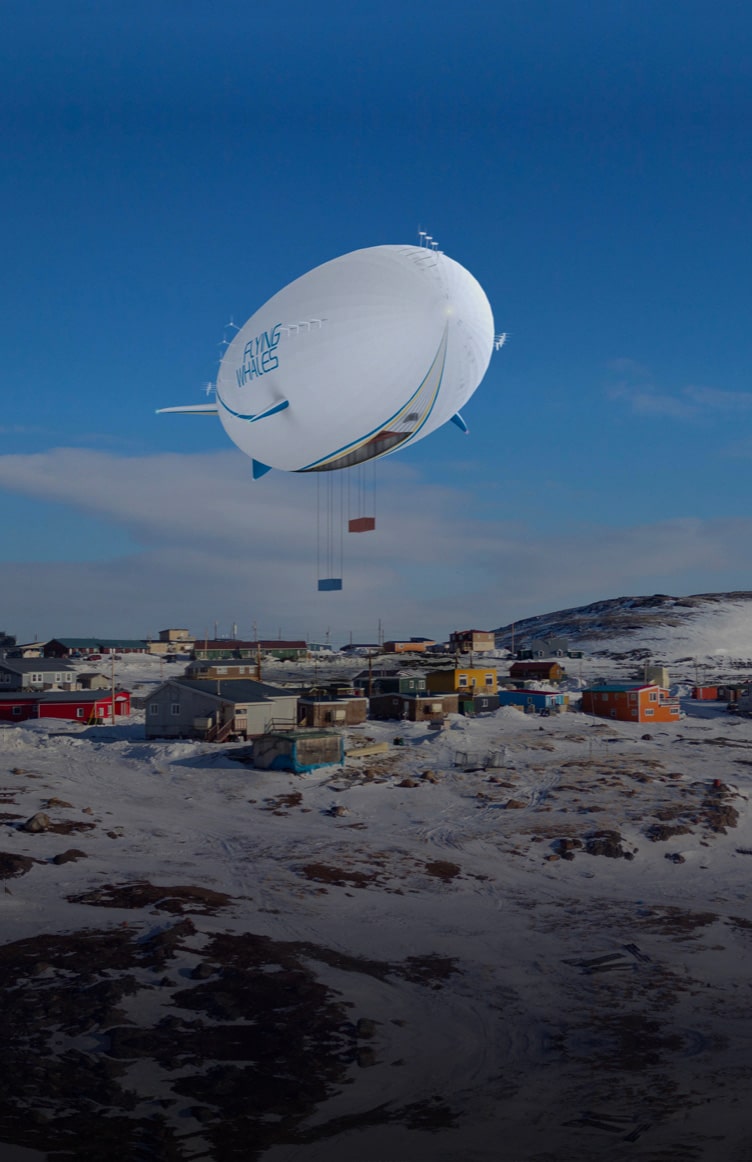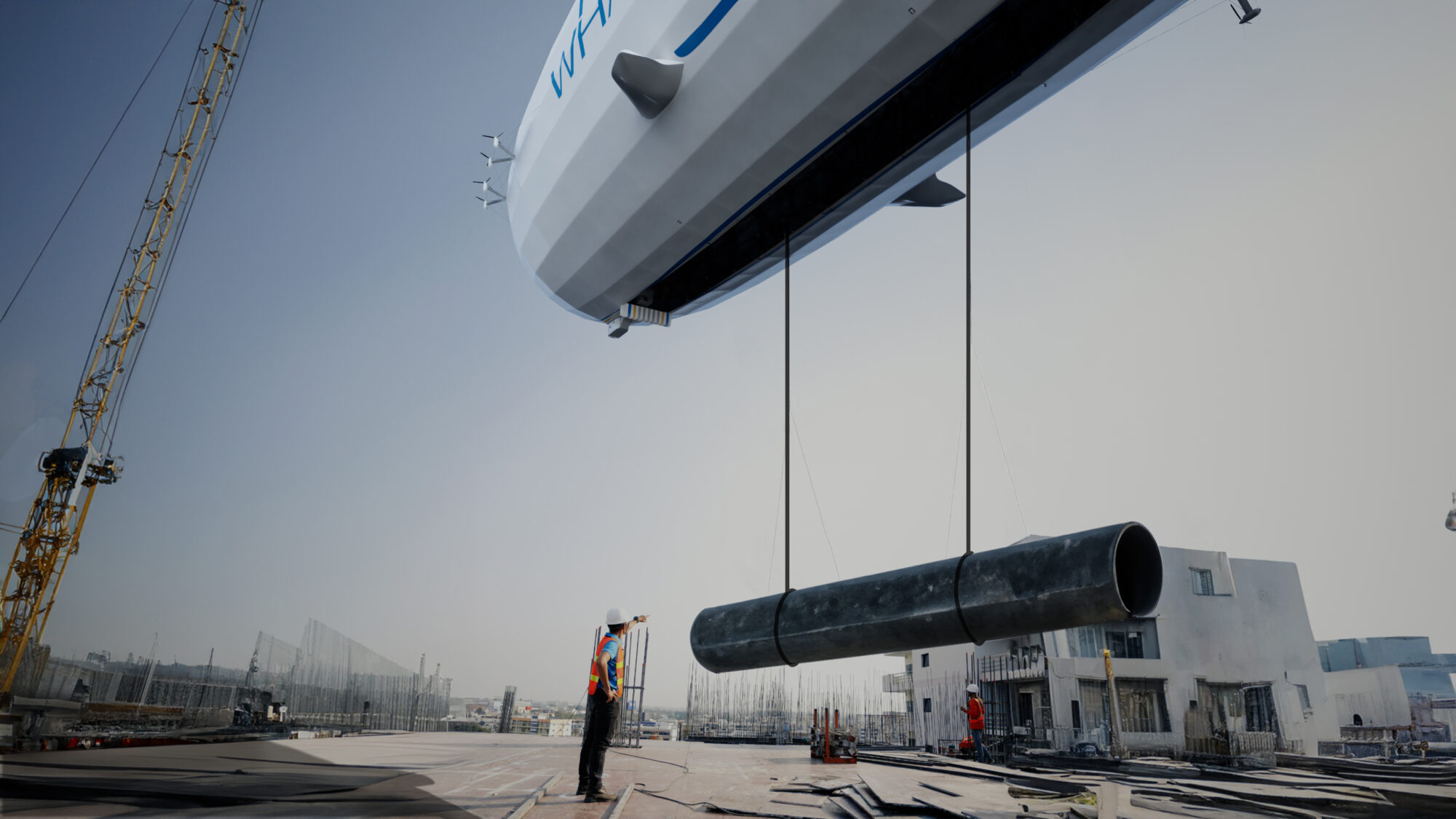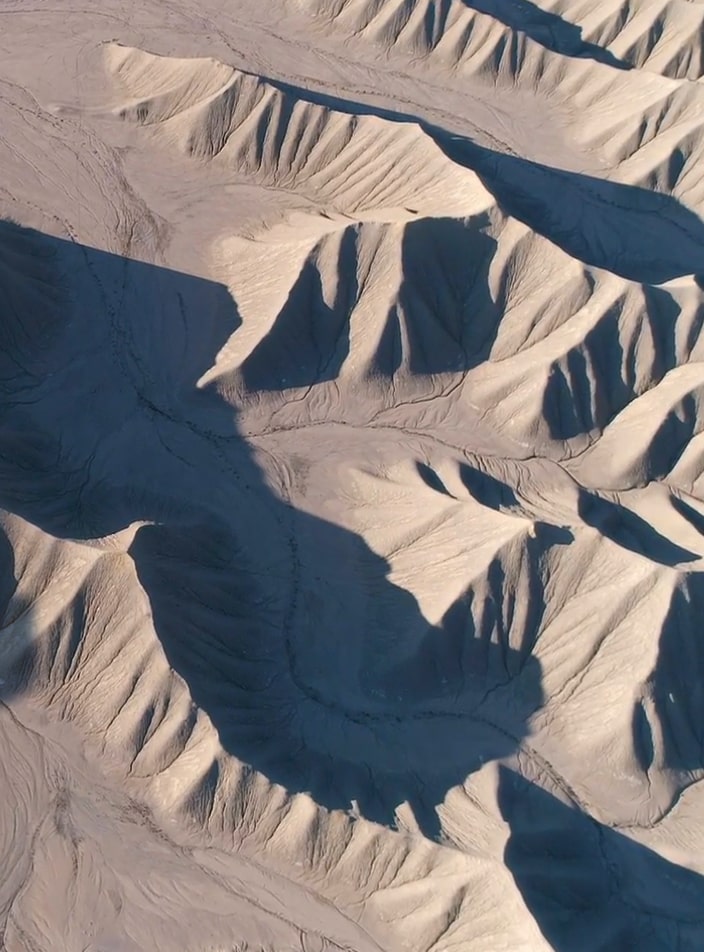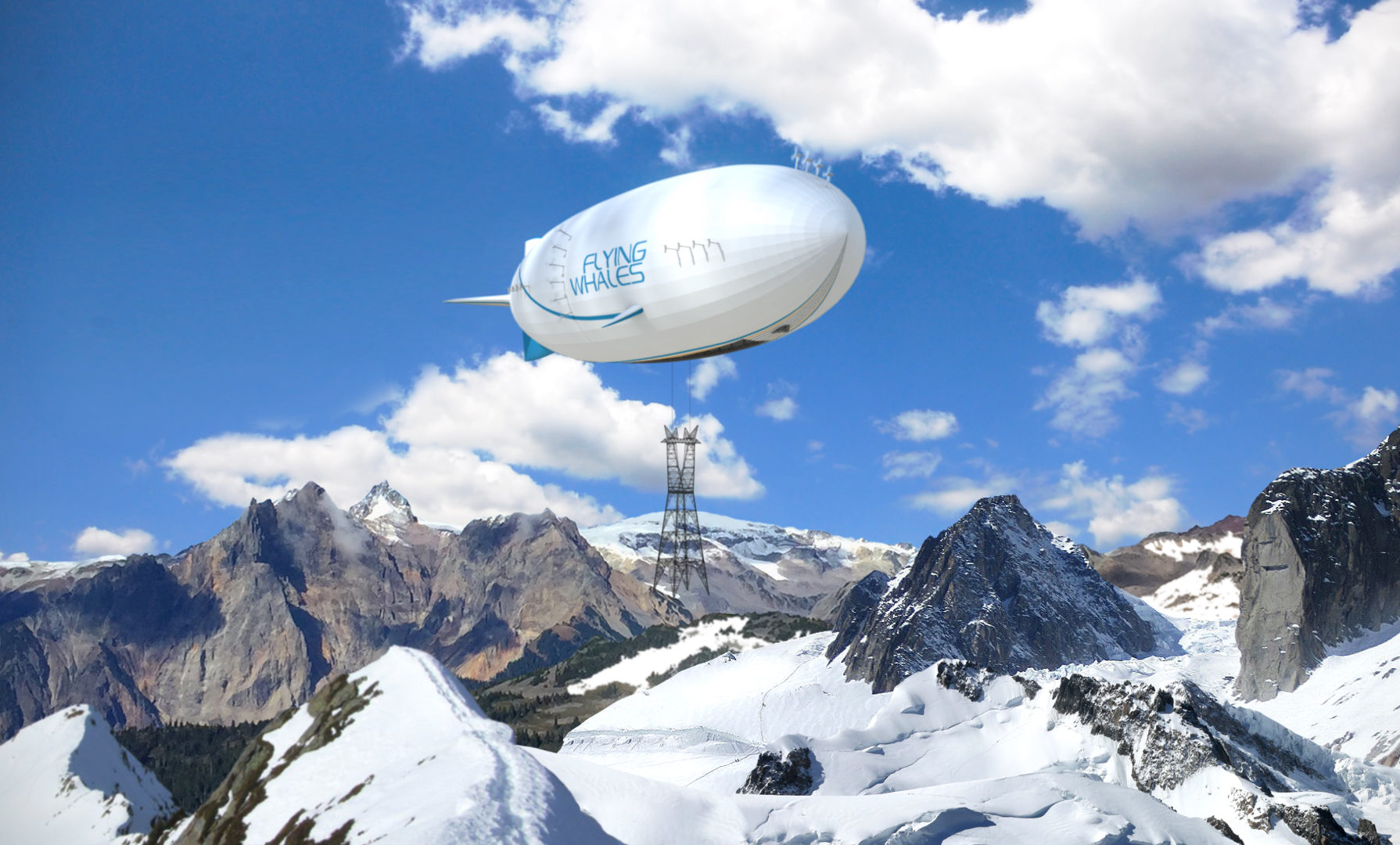- Préparation
- Take-off
Facilitating construction
in remote locations
Facilitating construction
in remote locations


A real
challenge
A real
challenge
Despite the growing trend of urbanization throughout the world, half a billion people today live in isolated areas. The lack of transportation infrastructure due to geographical, environmental or economic constraints is the main cause. Climate change aggravates this isolation as many existing infrastructures are threatened. Isolated populations find themselves facing a lack of daily infrastructure, public buildings or private housing, and the economic development of these regions is prevented.


Accelerate the
development of the
high-voltage network
Accelerate the
development of the
high-voltage network
Construction in remote areas can take many forms. The installation or dismantling of high voltage lines can be extremely complex depending on access conditions, topography, etc. Traditionally, in complex areas, the erection of a power tower is for example divided into sections so that it can be transported by helicopter section by section. This is a costly method with a very high environmental impact in a world where electrification is on the rise.
1
rotation of LCA60T only required per tower
Up to 80%
savings compared with helicopter assembly operations
58 to 86%
cost reduction of airlift operations
To participate
in the development of these
isolated areas
To participate
in the development of these
isolated areas
The LCA60T solution will accelerate the development of remote communities by providing large-scale transportation of building materials and equipment with minimal impact on ecosystems. Energy infrastructure development, building and housing projects will now be possible. More urbanized areas will also be able to benefit from the services of the LCA60T in the case of space-constrained construction sites in congested areas.
